
In today’s design world, the magic often lies in the mix. One of the most striking and timeless combinations is…

In today’s design world, the magic often lies in the mix. One of the most striking and timeless combinations is…
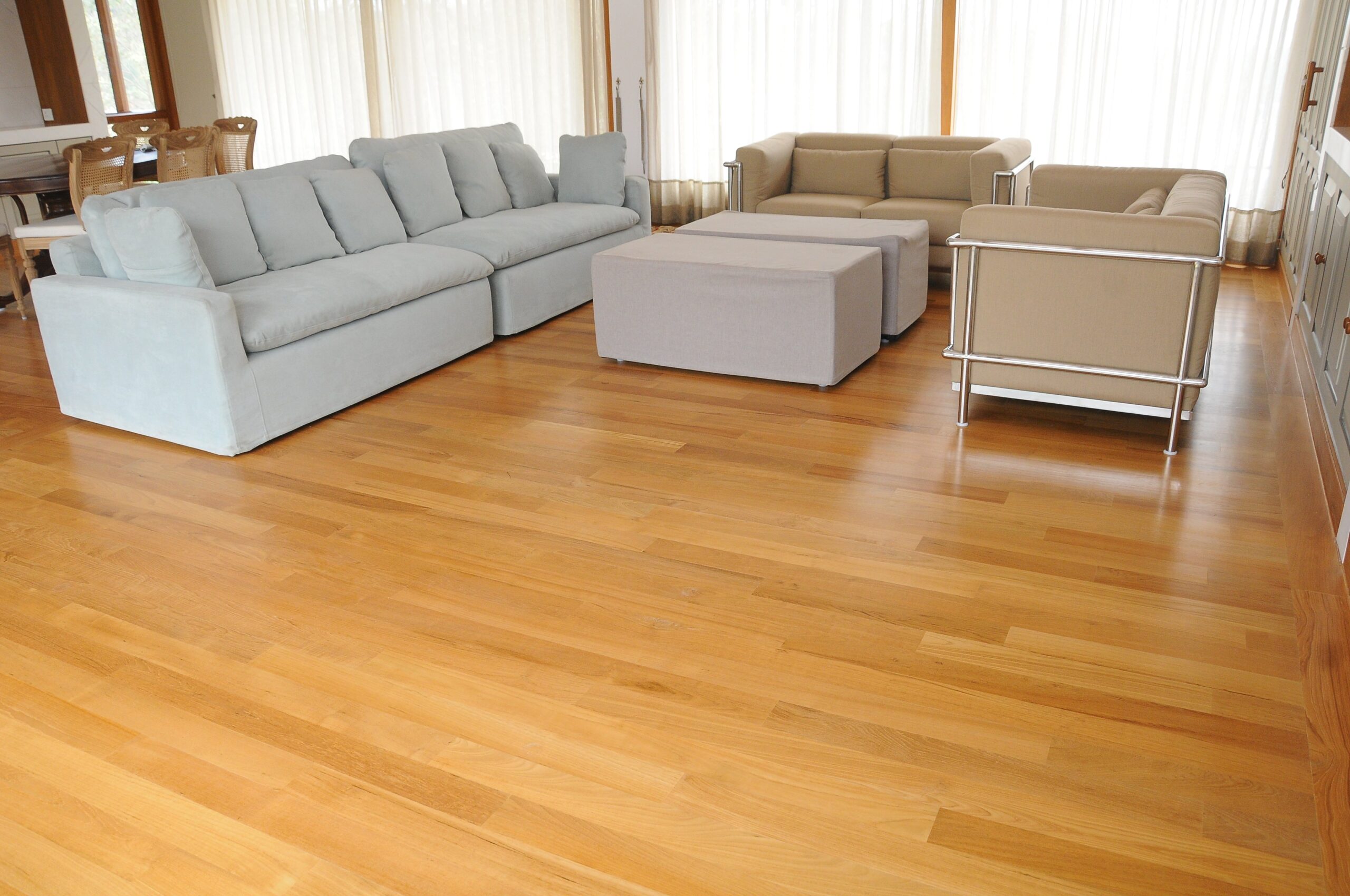
When it comes to choosing the perfect material for wooden flooring, discerning homeowners, architects, and designers often turn to one…

When it comes to choosing doors for your home or office, you have two primary options: custom-made doors and ready-made…

Choosing the right wooden door frame for your home is essential for both aesthetic appeal and functional durability. A well-chosen…

When purchasing timber, buyers consider several key factors to ensure they get high-quality wood suitable for their specific needs. Whether…
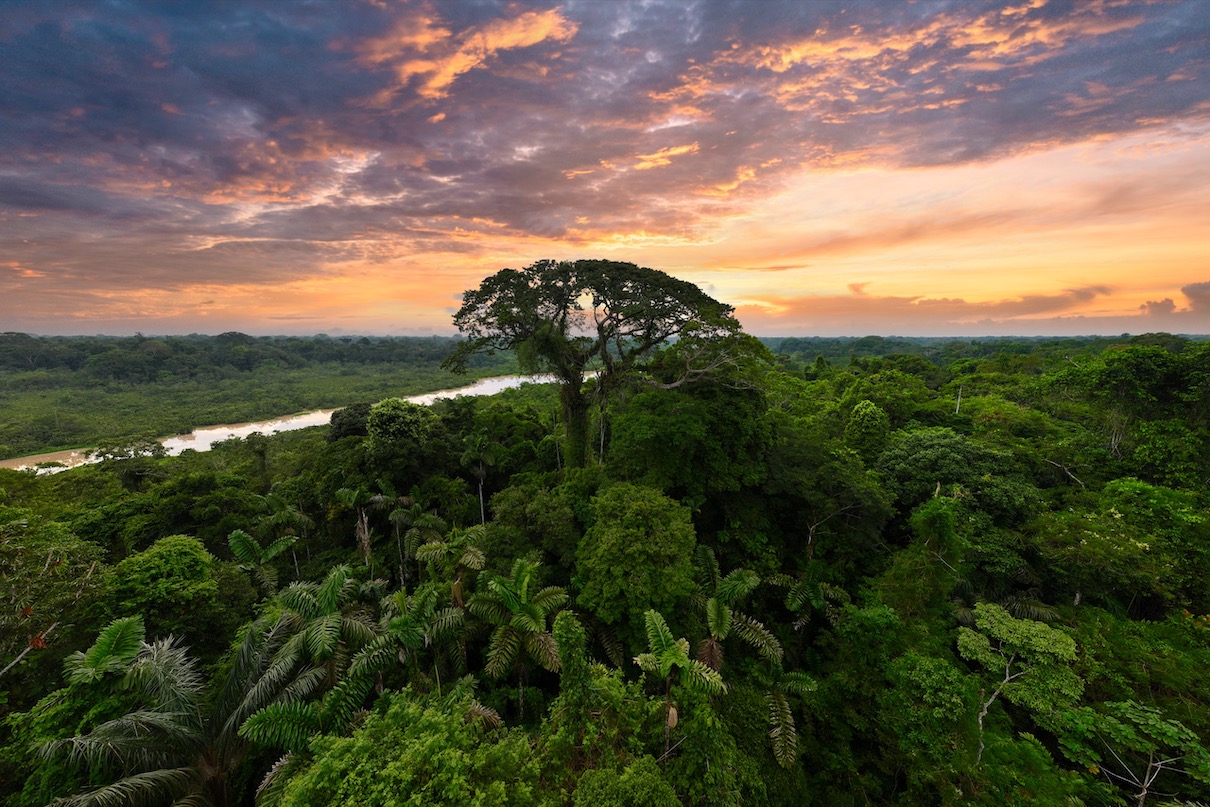
Wood is one of the most versatile and widely used natural resources on the planet. Its renewability is one of…
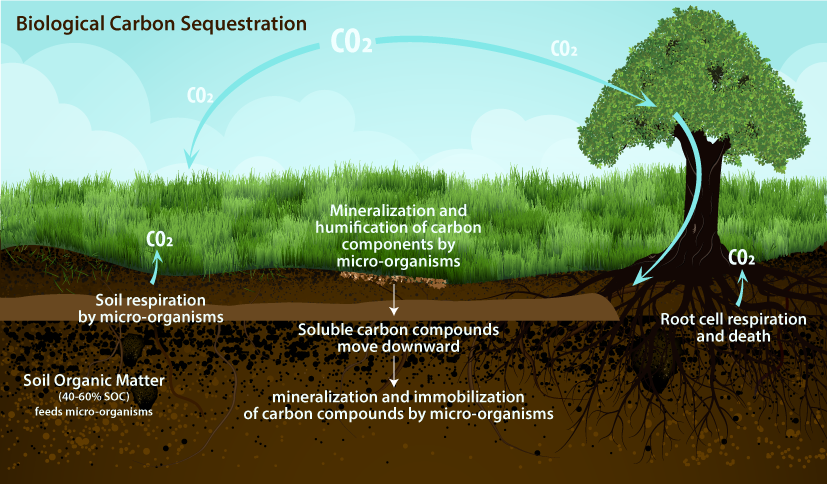
Climate change is one of the most pressing challenges of our time, and carbon sequestration—the process of capturing and storing…

When it comes to timber, one of the most important aspects to consider is the specificity of its use. Not…
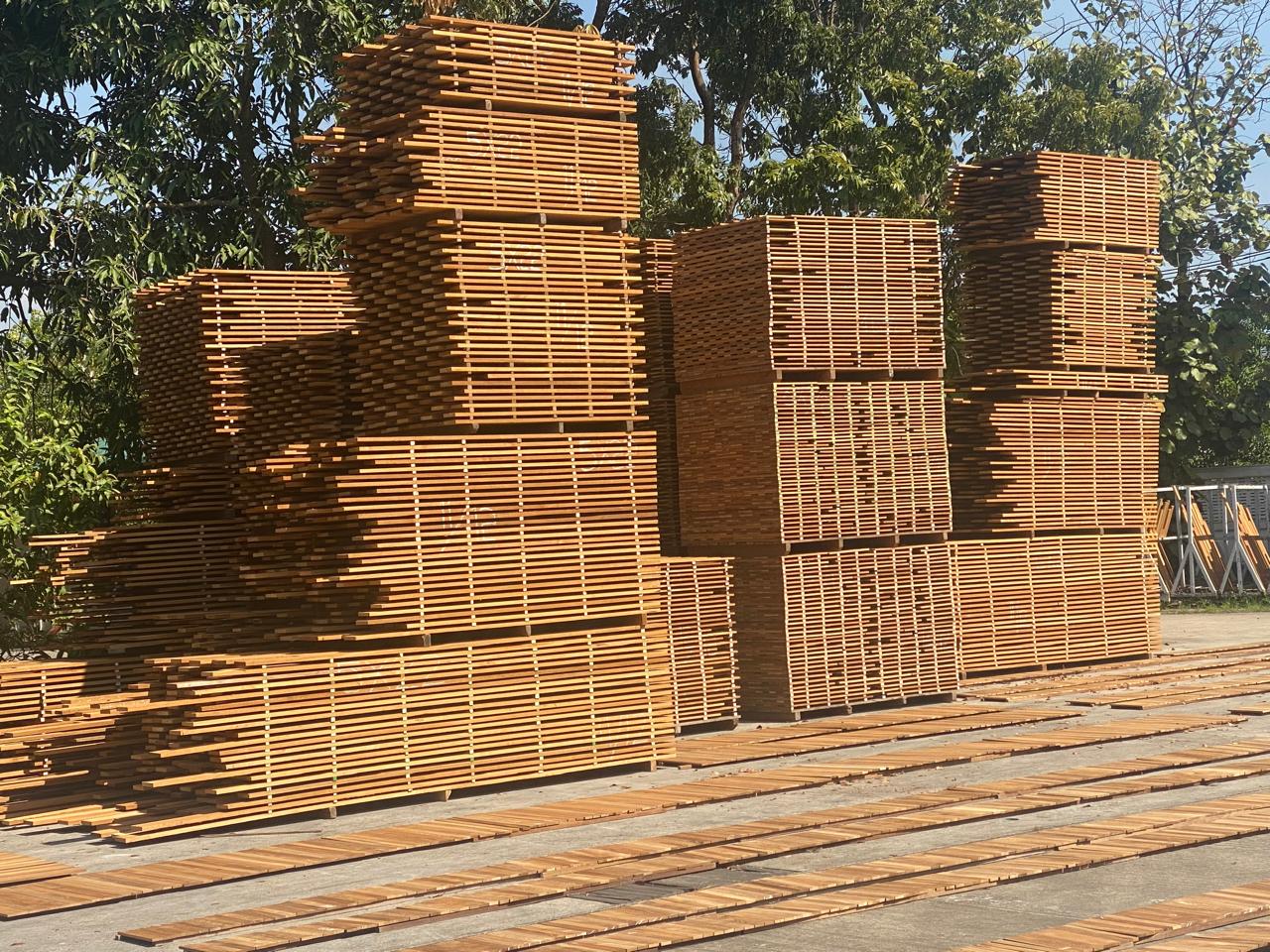
Air drying is one of the most traditional and cost-effective methods used to reduce the moisture content in timber. It…
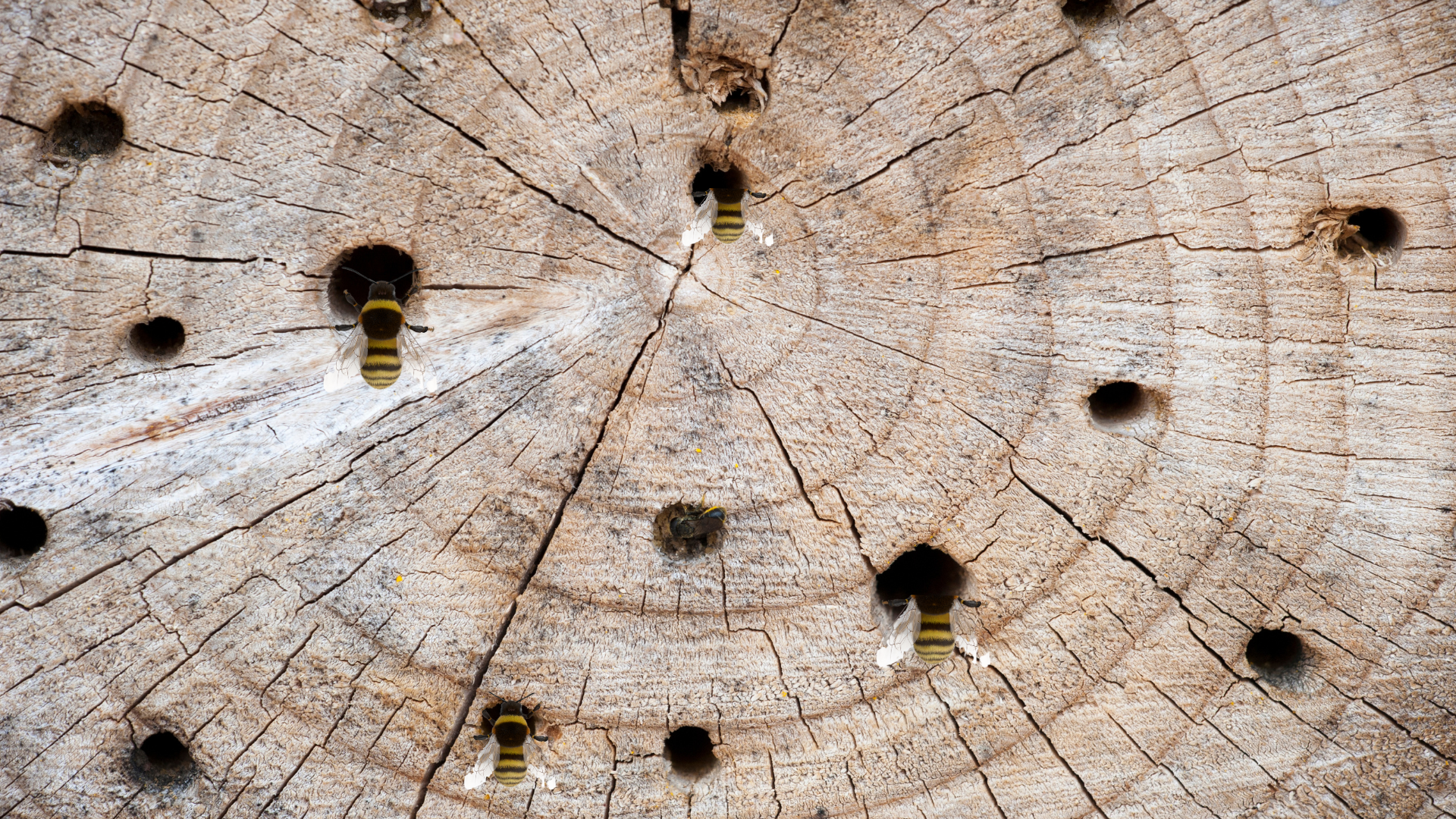
Burma teak, known for its exceptional quality and durability, has a unique characteristic called the “bee hole phenomenon.” This phenomenon…